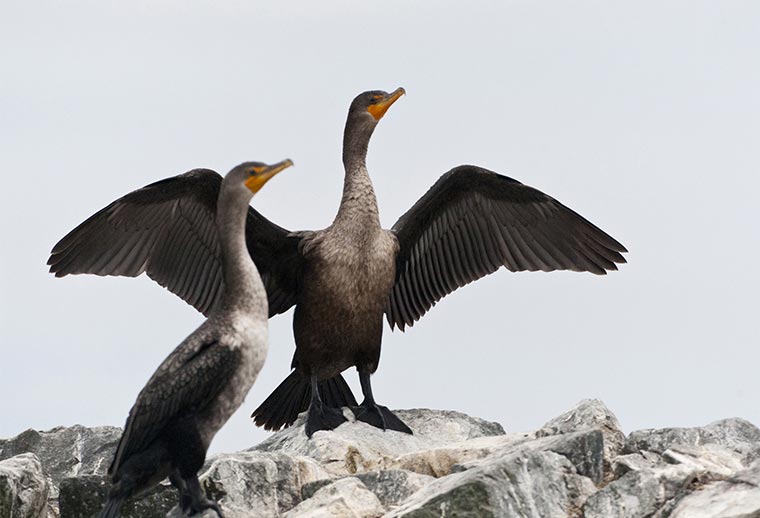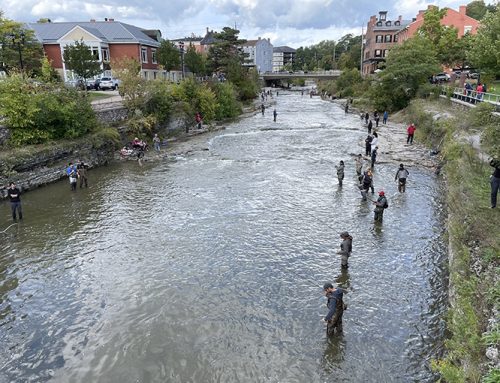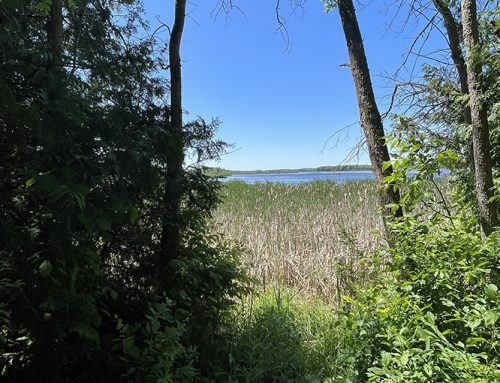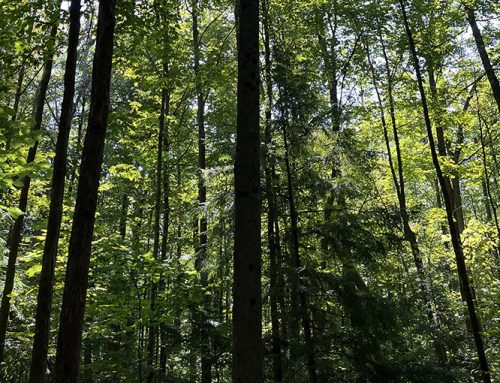
Ontario will introduce a fall hunting season for double-crested cormorants to help limit the impacts of the damaging, fish-eating bird.
Following public consultations, the province has made changes to its initial proposal and will introduce a hunting season that will run annually from Sept. 15 to Dec. 31, starting in 2020.
The harvest will help address concerns about impacts to local ecosystems by cormorants, which eat a pound of fish a day and damage trees in which they nest and roost, Natural Resources and Forestry Minister John Yakabuski announced on Friday, July 31.
Guano kills trees
“We’ve heard concerns from property owners, hunters and anglers, and commercial fishers about the kind of damage cormorants have caused in their communities, so we’re taking steps to help them deal with any local issues,” he stated.
“In large amounts, cormorant droppings can kill trees and other vegetation and destroy traditional nesting habitats for some other colonial waterbirds, so it’s critical that we take action to strike a healthy balance in local ecosystems.”
A fall harvest will avoid interfering with recreational waterway users and nesting periods for some migratory birds, Yakabuski said.
“We have also reduced the maximum number of cormorants a hunter can take to 15 a day, which is a similar limit to one for federally regulated migratory game birds such as mourning doves, Snow and Ross’s Geese, Rails, coot, and Gallinules,” he stated.
Population healthy
Hunters are responsible for appropriately identifying their target and ensuring they are harvesting only double-crested cormorants. While some may choose to consume their harvest, those who don’t must retrieve the birds and dispose of them properly.
Based on nest count surveys of colonies across the Great Lakes and select inland lakes conducted last year, there are an estimated minimum of 143,000 breeding cormorants in 344 colonies across the province. Populations are increasing in Lake Ontario, Lake Erie, and Lake Superior and are stable on the St. Lawrence River and Lake Huron, trends and historical data suggests.
OFAH sought action
The Ontario Federation of Anglers and Hunters (OFAH) applauded the move, having spent nearly two decades advocating for government control of overabundant cormorants.
“Provincial government action has been a long time coming in the eyes of many OFAH members, and today’s announcement reinforces the need for persistence and determination when there is a conservation concern that threatens our fish and wildlife,” OFAH Resource Management Specialist Lauren Tonelli stated.
The OFAH believes that this is just the first step in controlling cormorant populations and that more is needed from all levels of government.
Fall hunt may not be enough
“We will continue to seek additional management actions that will contribute to cormorant control where hunting or discharge of firearms is restricted such as some Provincial Parks, National Parks, and city waterfronts,” Tonelli added.
“A small fall harvest will not be enough to adequately reduce the ecological damage that cormorants cause provincially but is a recognition that something needs to be done and gives individuals a means to begin to reduce local concerns.”
Growing problem in the Kawarthas
The announcement was made near Fenelon Falls, where cormorants have been a growing problem on Sturgeon and Balsam lakes, covering islands and killing flora with their toxic, acidic droppings, Haliburton-Kawartha Lakes-Brock MPP Laurie Scott said.
“We’re listening to local residents who have voiced their concerns and asked for additional tools to address the issue,” she stated.
For more reaction, including quotes from the Stinson’s Bay Property Owners Association, Ontario Commercial Fisheries’ Association, Northwestern Ontario Sportsmen’s Alliance, and Delta Waterfowl, click here.
Cormorant facts
- Double-crested cormorants usually eat easy-to-catch fish species. They nest on the ground or in trees on islands and peninsulas.
- In large amounts, cormorant droppings, called guano, can kill trees and other vegetation and destroy traditional nesting habitats for some other colonial waterbirds.
- Competition between cormorants and some colonial nesting waterbirds has been well documented, including the displacement of some other species by cormorants.
Source: Province of Ontario






What do you do with the dead Cormorants?
Dave, please find this link provided within this news story, highlighting the dispatching of cormorants:
https://ero.ontario.ca/notice/013-4124?_ga=2.69851792.1677048692.1596547563-917792679.1584555246
I applaud the cormorant hunt. Their numbers have grown unchecked. I would like to know however, what would you do with the birds after they are shot? Are they edible?
Thanks.
Chris, here’s a link to the OOD Forum where there are some recipes and discussion available: https://new.oodmag.com/community/showthread.php?95256-Cormorants-recipes
Can we shoot comorants from an anchored boat?
Mark, “4. Use of vehicles: Hunters are permitted to hunt double-crested cormorant from a stationary motorboat (motorboat is not in motion and the power to the motor has been turned off).”
You can also find more details at: https://ero.ontario.ca/notice/013-4124
That is great news. Unfortunatly the cormorants in the Lake Nipissing area are long gone by the end of August
Is a migratory bird permit required to hunt them?
Great move! We have islands here that are dead as dead from cormorants, there stool is as toxic as you can get! The green peacers in the MNR want like this but to bad! It seems it takes a crisis before they do anything. Bear hunt, wolf hunts, all they do is study the predators of this province! No real protection of our game animals. The wolves of Algonquin park, is nothing but a cross breed dog but the MNR say otherwise and thats the gospel! Lol! God bless our CO’s